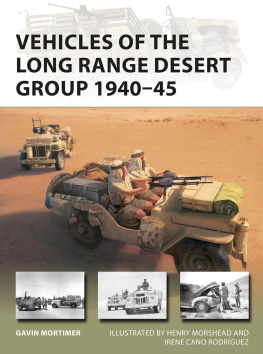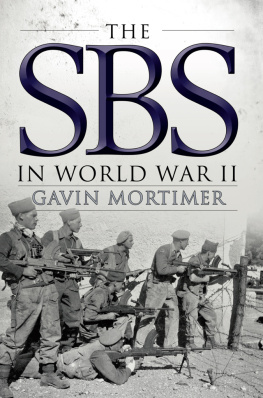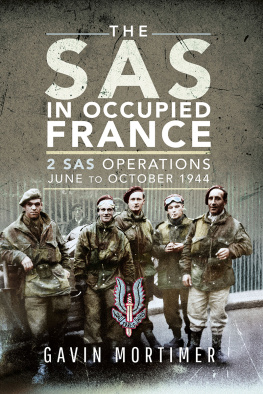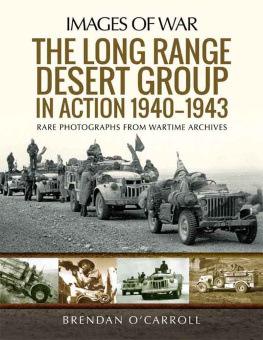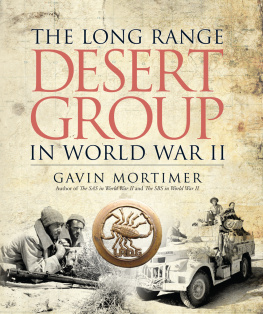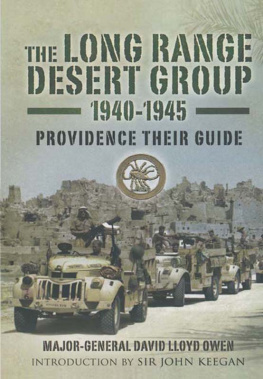CONTENTS

VEHICLES OF THE LONG RANGE DESERT GROUP 194045
INTRODUCTION
The Long Range Desert Group (LRDG) was the glamour force of World War II. The commandos, Chindits, paratroopers and Special Air Service were greatly admired but it was the LRDG which captured the imagination of those on the Home Front. Why? Because they appealed to the British sense of chivalry and the photographs and articles, and even radio broadcasts, invoked an image of a romantic warfare, an escapism from the horror of the reality of a brutal conflict where bombs dropped from a great height, flattened homes and ended lives in an instant. The LRDG, by contrast, was an apparent throwback to another age, when a warriors courage and wits were what mattered. In a war of terrifying technology, of flying rockets, jet aircraft and, ultimately, atomic bombs, there was a quasi-romanticism about the LRDG. Maybe it was the uniform the sandals, shorts and headdress or the fact they were waging a war, which, in the words of one British press report in January 1942 provides a series of thrillers which might have adorned the pages of schoolboy stories. More than anything, however, what really struck a chord with the British, was the LRDGs eccentricity. These Daring Desert Roamers, as the Aberdeen Press and Journal dubbed the LRDG in February 1941, crawled 200 miles through sand waves in rickety old trucks that even a rag-and-bone man would have thought twice about climbi ng aboard!
Just as the deeds of Lawrence of Arabia in World War I were immortalized in the inter-war years, so the LRDG became a byword for derring-do in the 1950s and 1960s. Books were written, films were made ( Sea of Sand in 1958 starring Richard Attenborough) and a television mini-series ( Rat Patrol ) broadcast; all focused on the Desert War, ignoring the admirable contribution of the LRDG in subsequent theatres such as Italy, Greece and the Balkans. They didnt have quite the romantic appeal of the Great Sand Sea of North Africa where the pirates of the LRDG sallied forth against the Afrika Korps and their wily leader Rommel, he of Desert Fox fame.
An unfortunate offshoot of this glamorization of the LRDG was that it tended to dilute in sober military terms just how effective they were, and how quickly they became masters of their craft desert reconnaissance. It also perhaps goes some way to explain why, in the last half a century, the LRDG aficionados of military history excepted have faded into obscurity while the SAS, SBS, commandos and paras are regularly remembered, such as the commemorations in September 2019 to mark the 75th anniversary of Operation Market Garden , the airbornes attempt to seize a series of bridges in Holland in the hope of shortening the war. There have not, in recent decades, been any similar events to recognize some of the LRDGs many successful exploits in Wor ld War II.
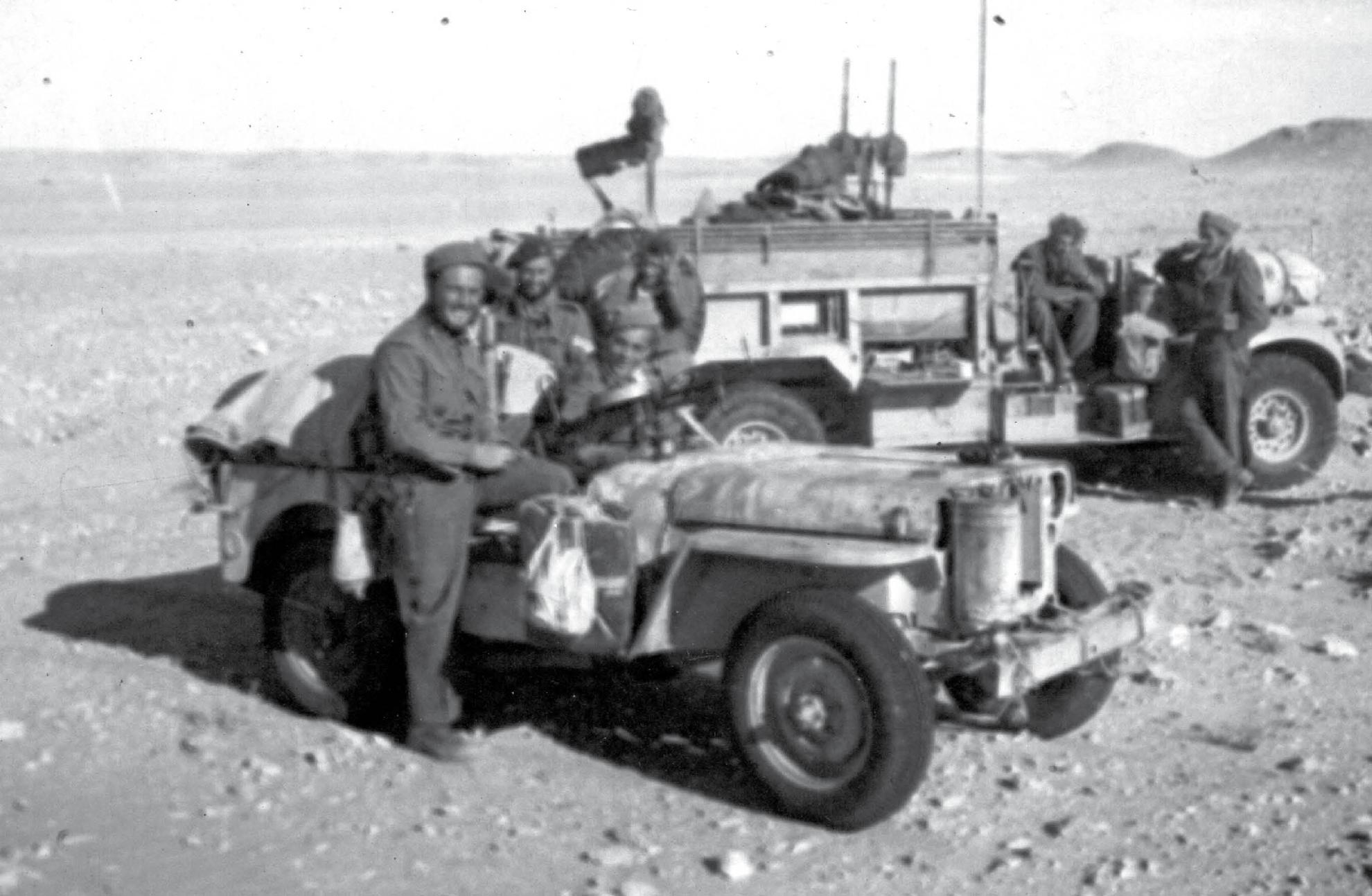
An undated photo of a Y1 Patrol somewhere in North Africa. The soldiers in the jeep are (left to right) Ken Tinckler, Derek Hutchins and Jim Patch. Post-war, Patch served for many years as the secretary of the LRDG Association. Unlike the SAS jeeps, the LRDG Willys were lightly armed with this one sporting a single Vickers. (Ian Chard)
And yet, few units were lavished with such praise as the LRDG received in the five years of its existence. In October 1940, six weeks after Captain Pat Clayton led the LRDG on its inaugural patrol into Italian-held Libya, General Archibald Wavell, General Officer Commanding-in-Chief of Middle East Command, wrote to the units C.O., Major Ralph Bagnold to convey his congratulations on their auspicious start: I am aware of the extreme physical difficulties which had to be overcome, particularly the intense heat, wrote Wavell. That your operation, involving as it did 150,000 track miles, has been brought to so successful a conclusion indicates a standard of efficiency in preparation and execution, of which you, your officers and men may justly be proud.
By October 1941, Wavells respect for the LRDG had deepened. Their journeys across vast regions of unexplored desert have entailed the crossings of physical obstacles and the endurance of extreme summer temps, both of which would a year ago, have been deemed impossible, he wrote. Their exploits have been achieved only by careful organization and a very high standard of enterprise, discipline, mechanical maintenance and desert na vigation.
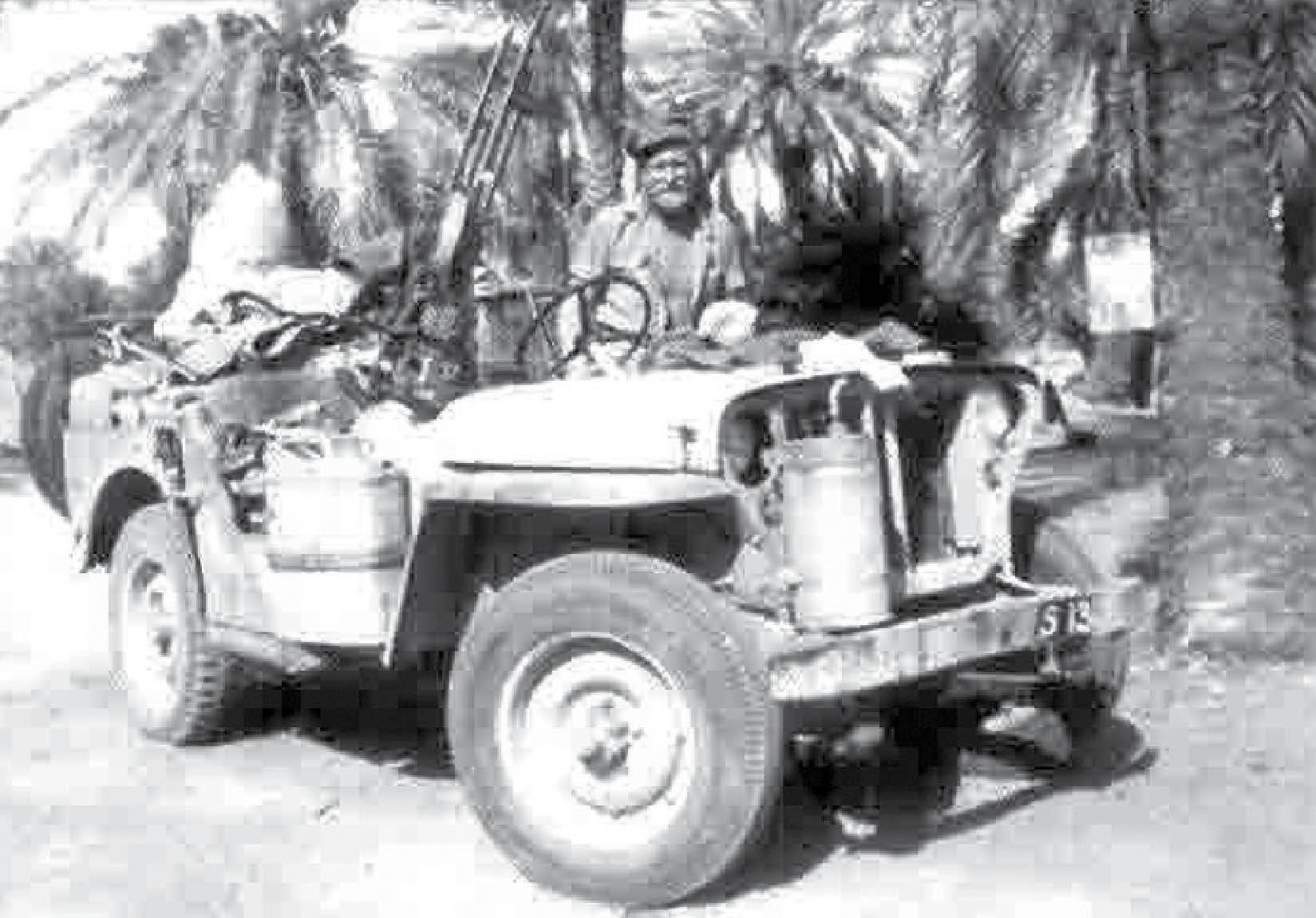
This photograph, taken at one of the desert oases, captures the piratical nature of the LRDG that their founder, Ralph Bagnold, had pitched to General Wavell in June 1940. A bearded and bare-chested private Blondie Goddard of S Patrol poses by his Jeep Command Car (date unknown). The twin Vickers Gas-Operated Mk.

